Dishwasher malfunctions
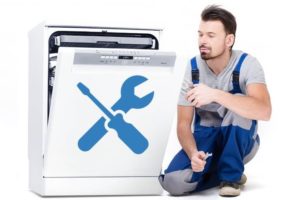 Any equipment can fail after a certain period of use. Dishwasher breakdowns that seem very serious to housewives are not always so. Most damage can be repaired with your own hands, without inviting a professional. We will analyze common dishwasher malfunctions and discuss how to fix the defect yourself.
Any equipment can fail after a certain period of use. Dishwasher breakdowns that seem very serious to housewives are not always so. Most damage can be repaired with your own hands, without inviting a professional. We will analyze common dishwasher malfunctions and discuss how to fix the defect yourself.
We're looking for what's broken
If a dishwasher that has been in use for more than 5-7 years breaks down, it is possible that the failure was caused by simple wear and tear of machine parts. If a recently purchased “home assistant” is faulty, the cause of the breakdown may be:
- poor build quality of equipment and components themselves. To avoid this, purchase equipment from well-known and reliable manufacturers;
- constant filter clogging. This is caused by improper preparation of dishes before placing them in the chamber. Residues of food that are not washed off from the surface of plates and pans lead to clogging of the filter element;
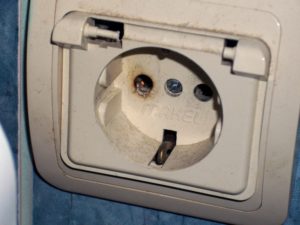
- faulty electrical outlet. The probability of this factor is low, but it is better to check the power supply of the machine;
- Incorrect connection of the dishwasher to communications. For example, the drain hose is too long, or the inlet hose is poorly attached to the machine;
- an ineffective detergent with a poor composition that cannot cope with stains and is not completely washed off from the dishes;
- improper loading of kitchen utensils. The user manual contains clear recommendations on the correct placement of dishes in the chamber. If you arrange plates, mugs, and pots “not according to science,” there is a high risk of getting unwashed utensils at the exit.
In some cases, problems with the dishwasher are caused by a door defect or not closing tightly. The equipment will not start working until all latches are activated. Therefore, close the door tightly, and if the problem is a manufacturing defect, feel free to take the dishwasher to a service center.
If the described factors are definitely not your case, the root cause of the problem is probably wear and tear of the machine’s spare parts. Let's talk about the wear of which components causes frequent equipment breakdowns.
What if the machine doesn't start washing?
Let's look at the first situation. If, when you turn on the cleaning mode, the indication on the control panel lights up, the noise of water intake is clearly audible, the liquid heats up, and the machine does not start washing, a variety of equipment problems are possible.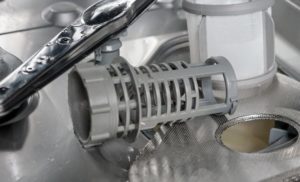
- The filter element located at the bottom of the chamber is clogged. It is necessary to remove the filter from the housing, wash it and install it in its original place.
- Clogged injectors. Sprinklers cannot properly spray water inside the chamber. To deal with the problem, take a toothpick and clean the injectors. Clogged sprinklers can lead to a decrease in pressure in the system and poor cleaning of dishes. Looking ahead a little, we should discuss that if the rocker arm does not rotate, it is first recommended to check the circulation pump.
- Circulation pump failure. It is he who is responsible for supplying water to the sprinklers. Such a malfunction is more difficult to resolve; you will have to replace the failed part. The pump is located at the bottom of the dishwasher chamber.It is necessary to gain access to it, dismantle the element and replace the working part.
The absence of the characteristic sound of its operation will help determine that the circulation pump is faulty.
If, after the water has been drawn into the system, no further noise is heard, it is probably the pump that has broken down. There is another reason why dishwashers do not start washing: damage to the motor winding. You can check the serviceability of the electric motor using a multimeter by examining the motor for short circuits and open circuits.
The machine takes in too much water
In certain cases, the dishwasher may continue to fill with water even after it has been turned off, or may fill with too much liquid before the wash cycle begins. If the machine takes in too much water before washing, the level sensor is probably broken. It is located at the bottom of the unit. Before starting repair work, place the equipment on the floor and replace the water intake sensor.
If the machine draws water even after turning off the power, you can check the solenoid valve responsible for stopping the liquid supply. In this case, making repairs yourself is very easy. Find the valve; it is located where the inlet hose is attached to the unit body. Disconnect the dishwasher from the communications, remove the broken part and install a new valve in its original place.
Water is cold or too hot
Let's look at dishwasher malfunctions that are closely related to water heating. In some cases, the liquid does not heat up to the set temperature, in others it becomes too hot. Overheating of water will be caused by a faulty temperature sensor.If we consider underheating, there may be several reasons:
- thermostat failure;
- insufficient water pressure in the system;
- heating element defect.
The heating element is checked with a special device - a multimeter.
Diagnosis is easy at home. Check the serviceability of the described parts and replace if necessary.
Waste water is not removed
Another common breakdown is the improper functioning of the drain. Waste water may not be removed from the dishwasher due to a clog in the drain system or a pump failure.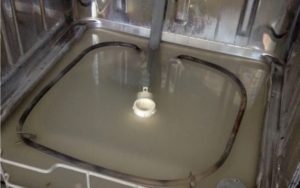
First of all, diagnose the pump. Look to see if any debris has accumulated in the pump and measure the resistance of its windings. In some cases, the drain may not start due to low pressure in the system. If the pump is working properly, it is necessary to examine the entire drain system, in particular the siphon. The hose or filter element located inside the chamber may be clogged. Do-it-yourself repairs won’t take much time: just rinse the hose or filter under running water.
It happens that with such a problem there is no need to fix anything at all. Probably, the drain hose is raised above a certain level, and the machine does not have enough “strength” to discharge waste water into the sewer. Be sure to check the hose fastening and correct it if necessary.
The washing machine got an electric shock
If, when you touch the body of the dishwashing equipment, you feel an unpleasant tingling sensation or feel a strong electric shock, then with one hundred percent probability we can talk about a broken heating element. To correct the situation, turn off the power to the machine, remove the heating element and inspect it for cracks and other defects.If the failure of the heater is confirmed, a new heating element will have to be installed. Damage to the heating element can result from:
- poor quality of tap water;
- failure of the heating element start relay;
- manufacturer's defect.
It is strictly prohibited to operate the dishwasher when you feel tension on the cabinet; this is dangerous to life.
Do not delay equipment repair; diagnose and replace the heating element as soon as possible.
The tablet did not dissolve
Another malfunction in the functioning of the dishwasher may be that the detergent does not dissolve in the collected water. This can be observed due to clogged nozzles or low water pressure in the system, due to which the liquid does not flow into the tray with the product. Remove the sprinklers and clean the elements thoroughly.
It is better to clean the injectors by pre-soaking them in a special soap solution.
 The problem may also be associated with abnormal functioning of the dispenser opening mechanism, from which the detergent composition is washed out. If the valve does not start drawing liquid or does not completely stop it, the dishwasher tablet does not dissolve completely in the water. The solution to the problem will be to regulate the valve or completely replace it.
The problem may also be associated with abnormal functioning of the dispenser opening mechanism, from which the detergent composition is washed out. If the valve does not start drawing liquid or does not completely stop it, the dishwasher tablet does not dissolve completely in the water. The solution to the problem will be to regulate the valve or completely replace it.
The equipment does not turn on
Sometimes, the dishwasher may not respond to pressing the power button. If, having decided to clean the next batch of dishes, you cannot turn on the equipment, the problem may be the following:
- non-functional electrical outlet;
- failure of the door locking device;
- door not closing tightly;
- network key malfunction;
- network filter failure.
You need to take a multimeter and check each element of the electrical circuit. By elimination, you can find out why the equipment does not turn on. If in your situation the device does not complete the washing cycle or does not switch cleaning programs, it makes sense to check the functioning of the programmer and control module. Repairing the main unit falls into the category of complex work; it is better to entrust it to a specialist.
Makes loud unnatural noises
One day, the user may hear an unpleasant noise appearing when the dishwasher is operating. This indicates failure of the pump or electric motor bearings. Their damage occurs due to the ingress of water that should not be there. When the seal is cracked, fluid seeps into the bearings, causing them to fail over time. The result is an unnatural hum when the equipment operates.
Do-it-yourself repairs will include sequential steps to replace both the oil seal and bearings.
If the problem is the pump, then the root cause of the noise may not necessarily be the bearings, but debris getting on the impeller or in the area of the sprinklers. Contaminated areas should be cleaned and the impeller should be checked for cracks or damage to its blades.
Objects remain wet
One of the functions of any dishwasher model is drying washed sets of dishes. If the kitchen utensils remain wet at the end of the cycle, we can say that the dishwasher is broken.
The principle of drying is quite simple. A special fan is installed inside the washing chamber, which, when working, removes moisture from the surface of objects. If the dishwasher generally functions properly, but does not dry the dishes completely, most likely it is the fan that has failed.
The sequence of actions will be as follows: check the element winding and all power contacts using a multimeter. If defects are found, you will have to install a new fan.
The machine is leaking
A certain list of dishwasher malfunctions is associated with water leakage from the system. In this case, the equipment may simply stop working during the cycle and not respond to user commands. The display also shows an error code, which will be different for each equipment manufacturer.
However, the sign of a leak is standard - during operation, the dishwasher simply stops and does not respond to attempts to resume the cycle.
It happens that the device can be restarted. But after turning it back on, the equipment stops again. Why is this happening?
A float is installed in the tray of any dishwasher, which acts as protection for the equipment from leaks. If water accumulates below, the sensor rises, and by closing the contact, a signal about an emergency leak is transmitted to the control unit. When water appears in the pan, the system will definitely stop the machine to avoid flooding of the room.
Before repairing the dishwasher, you should understand why the accident occurred. Let's list the factors leading to leaks:
- installation of the device is not level. As a result of uneven placement, water may overflow over the edge of the container;
- prolonged use of detergent not intended for dishwashing equipment;
- “overdose” of the detergent composition, leading to excessive foam formation in the chamber;
- “refilling” water into the system. Excessive liquid in the dishwasher can cause a leak. Be sure to diagnose the level sensor and, if necessary, install a new element;
- Defect in the sealing rubber located around the perimeter of the door. Such damage is not difficult to track - condensation appears at the bottom of the countertop. Another manifestation is steam escaping from the chamber during washing. To solve the problem, you should change the seal or adjust the door hinges;
- Leakage sensor malfunction. Perhaps the float itself is not functioning correctly and is closing the contact in vain. You can try lowering it yourself, this will help with weakening the return spring. If this is the case, replace the polystyrene float.
Rarely, a water leak in a dishwasher occurs due to a leak that appears in one of the elements of the machine: hoses, pipes, etc. To make sure the connections are tight, remove the back wall of the case and inspect all the internal parts of the device.
Now, having established that the dishwasher has failed, you can independently figure out the cause of the malfunction. Most breakdowns are easy to fix on your own without spending money on calling specialists.
Interesting:
Reader comments
- Share your opinion - leave a comment


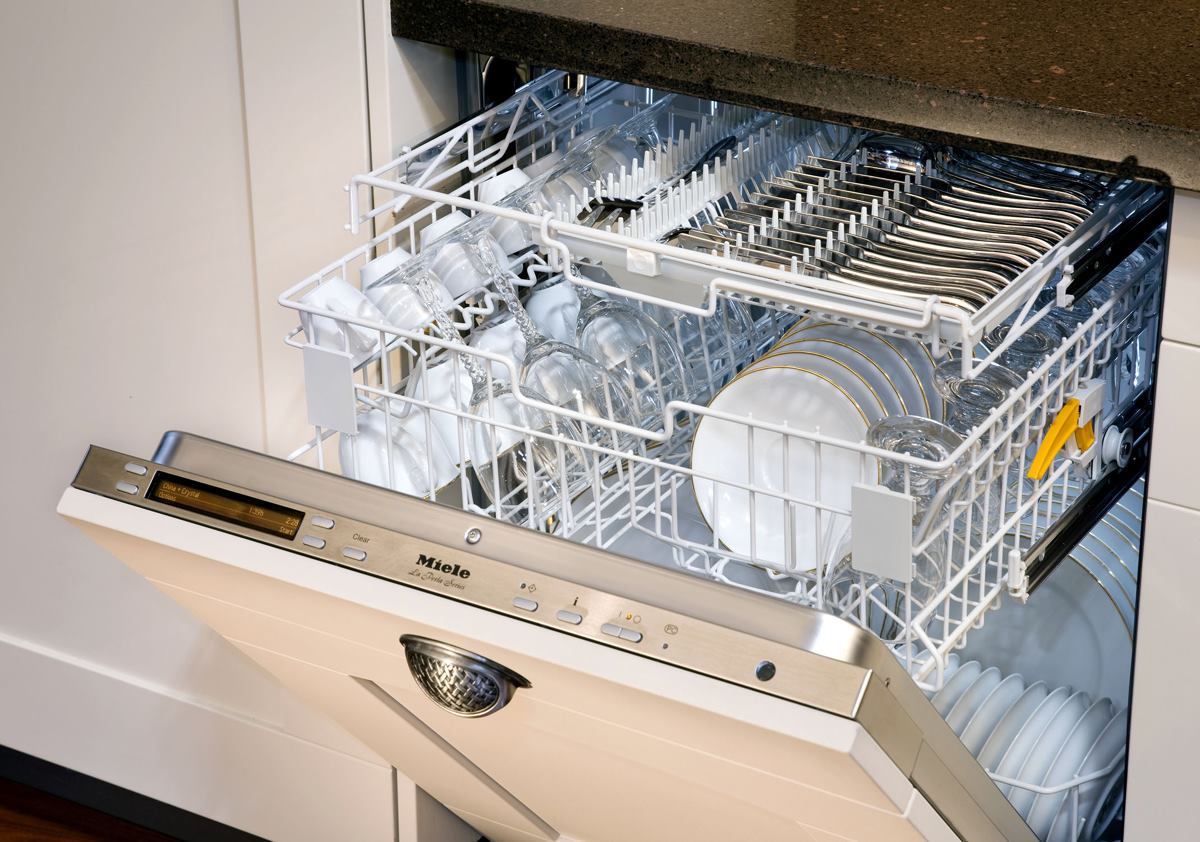
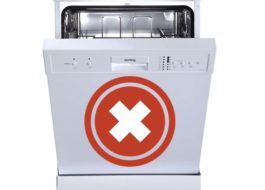
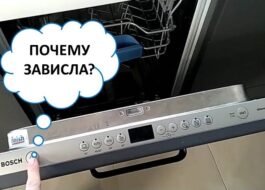
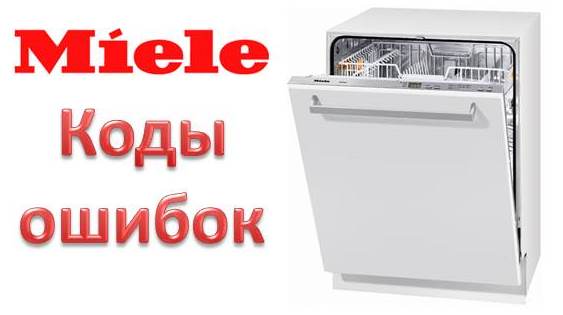















Add a comment